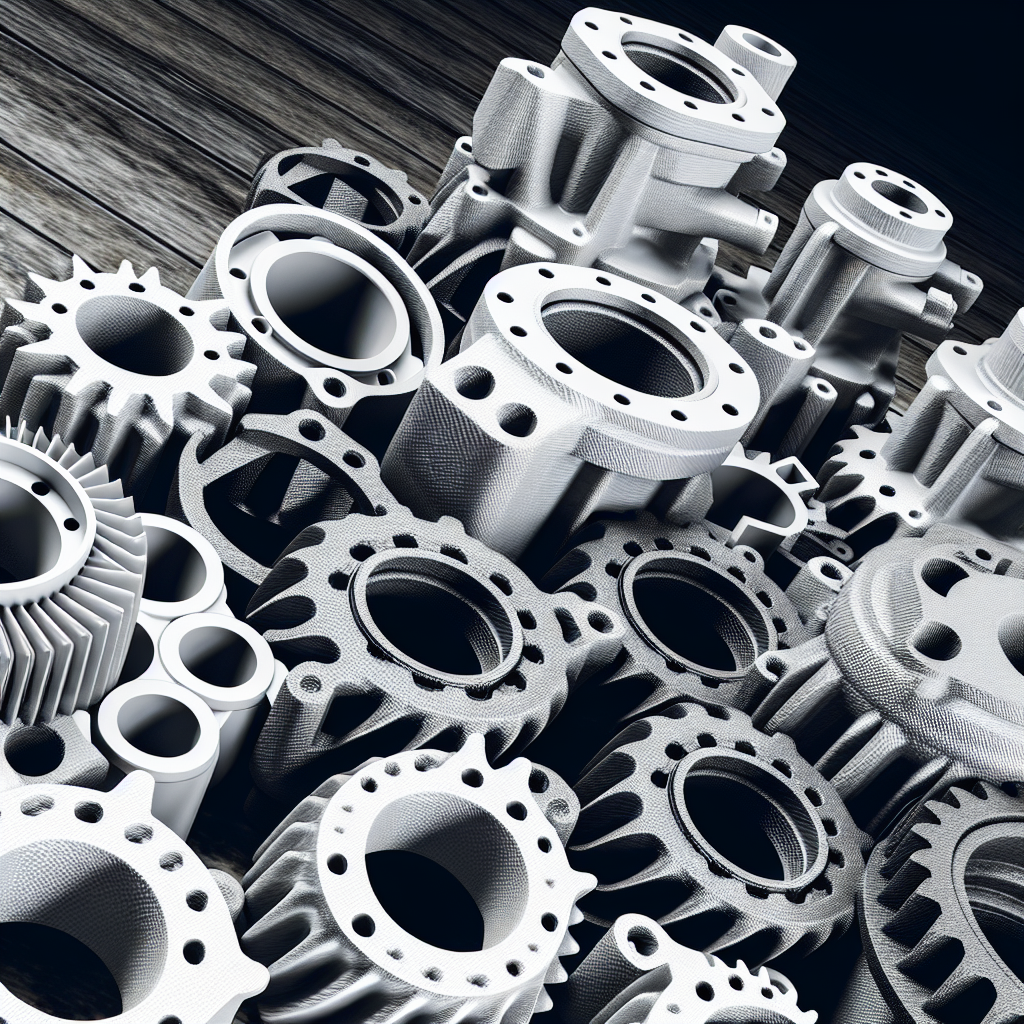Gear machining involves a variety of essential methods crucial for producing gears with precision and efficiency. This guide explores three primary techniques: Gear Generation, Gear Form Cutting, and Gear Forming, highlighting PROTO MFG’s expertise and capabilities.

Gear generation encompasses processes where the gear tooth profile is directly cut, shaped, or formed into the workpiece material. This method ensures precise gear tooth geometry and is essential for manufacturing high-precision gears used in industries like automotive and aerospace.
Gear form cutting utilizes tools such as hobs or gear cutters to remove material from the workpiece, forming the desired tooth profile. It is a versatile method suitable for producing various gear sizes and types, offering efficiency and accuracy in gear manufacturing processes.
Gear shaping, planing, and slotting involve cutting processes where specialized machines shape gears by removing material. These methods are effective for creating internal and external gear profiles, offering flexibility in gear design and production.
Gear milling utilizes rotary cutters to create gear teeth by progressively removing material from the workpiece. It is suitable for producing spur gears, helical gears, and other gear types with precise tooth profiles and dimensions.
EDM is used for machining complex shapes and profiles in hardened materials. It employs electrical discharges between an electrode and the workpiece, eroding material to form intricate gear features with high accuracy.
Gear forming techniques include processes like rolling, casting, powder metallurgy, and additive manufacturing. These methods shape gears by forming or consolidating material into the desired gear profile, offering advantages in producing complex geometries and enhancing material properties.
Gear rolling compresses material between rotating rollers to form gear teeth, providing high production efficiency and excellent surface finish. It is commonly used for manufacturing gears with superior strength and durability.
Gear casting involves pouring molten metal into a mold cavity to produce gears with intricate shapes and designs. Manufacturers find this method suitable for achieving large-scale production of gears used across various industries, providing cost-effectiveness and design flexibility.
Powder metallurgy utilizes powdered metal materials compacted and sintered to form gears. It is advantageous for producing gears with complex geometries, precise dimensions, and enhanced material properties, suitable for diverse industrial applications.
Additive manufacturing, such as 3D printing, builds gears layer by layer from digital designs. It offers flexibility in design iteration, rapid prototyping, and customization, making it ideal for producing low-volume or unique gears with intricate geometries.
PROTO MFG specializes in gear machining services, offering a comprehensive range of capabilities from gear generation to gear forming. With advanced technology and a commitment to quality, PROTO MFG ensures precise manufacturing processes tailored to meet the specific requirements of each project.
Understanding the essential methods for gear machining—Gear Generation, Gear Form Cutting, Gear Shaping, Planing, Slotting, Milling, EDM, Gear Forming, Rolling, Casting, Powder Metallurgy, and Additive Manufacturing—provides insights into selecting the optimal manufacturing approach based on application needs, production volume, and design complexity. Partnering with PROTO MFG ensures access to expertise and capabilities that drive successful gear manufacturing projects. Explore their services at www.mfgproto.com to initiate your next gear production with confidence and precision.